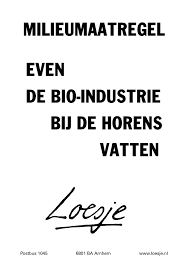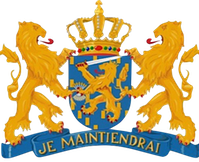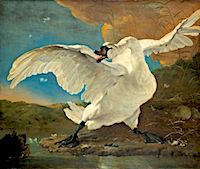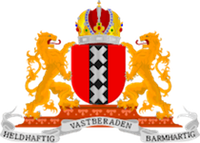TheGuardian: “Is factory farming to blame for coronavirus?
Starting in the 1990s, as part of its economic transformation, China ramped up its food production systems to industrial scale.
One side effect of this ... was that smallholding farmers were undercut and pushed out of the livestock industry. Searching for a new way to earn a living, some of them turned to farming “wild” species that had previously been eaten for subsistence only.
As industrial farming concerns took up more and more land, these small-scale farmers were pushed out geographically too – closer to uncultivable zones. Closer to the edge of the forest, that is, where bats and the viruses that infect them lurk. The density and frequency of contacts at that first interface increased, and hence, so did the risk of a spillover.
It’s true, in other words, that an expanding human population pushing into previously undisturbed ecosystems has contributed to the increasing number of zoonoses – human infections of animal origin – in recent decades. That has been documented for Ebola and HIV, for example. But behind that shift has been another, in the way food is produced. Modern models of agribusiness are contributing to the emergence of zoonoses.
The reasons, many of which were documented in Wallace’s 2016 book Big Farms Make Big Flu, include the density with which chickens, turkeys or other poultry are packed into factory farms, and the fact that the birds in a given farm tend to be near genetic clones of one another – having been selected over decades for desirable traits such as lean meat. If a virus gets introduced into such a flock, it can race through it without meeting any resistance in the form of genetic variants that prevent its spread. Both experimental manipulations and observations in the real world have demonstrated that this process can result in a ratcheting up of the virus’s virulence. If it then spills over into humans, we are potentially in trouble."

In onze moderne globale maatschappij verdringt de mens steeds meer de natuur en worden dieren hoofdzakelijk gezien als winstdoel. Hoe groter de schaal hoe hoger de winsten. Parken en natuurgebieden zijn niet meer het exclusieve terrein van fauna en flora. De mens eist alle groengebieden op voor eigen gebruik; steeds vaker ook voor intensieve recreatie, want de steden barsten uit hun voegen. Dat betekent dat mensen steeds vaker in contact komen met dieren. De stad wordt tegenwoordig ook gepropageerd als ideale habitat voor dieren; in feite verkassen dieren steeds verder naar stedelijke gebieden omdat het platteland voor hen al grondig verpest is en natuur ingepalmd wordt door festivals en barbecues. Zij kunnen geen kant meer op.
In het Gaasperpark hebben meerdere soorten vleermuizen hun habitat gevonden. Die komen daar in botsing met festivals als Amsterdam Open Air en Reggae Lake. Als men het heeft over verstoring dan beweert de overheid en de festivalindustrie al gauw dat er geen schade ontstaat aan de fauna. Makkelijk gezegd, maar het terrein waarin de fauna zonder verstoring zichzelf kan zijn wordt steeds kleiner. Hoe talrijker de contacten tussen mens en dier, vooral waar dieren van dezelfde soort massaal samengebracht worden, hoe groter het gevaar van besmetting.
Reggae Lake heeft net een omgevingsvergunning aangevraagd voor zijn festival in augustus. Men hoopt dat dat nog door zal gaan. Maar het is heel goed mogelijk dat de coronacrisis dan nog voortwoedt. De arrogantie van mensen kent geen grenzen. Alles moet geëxploiteerd en vermarkt worden. De grootschaligheid van de menselijke impact op elk gebied is de bron van alle kwaad.
Onze natuur is het laatste wat nog overblijft van een openbare ruimte die nog niet helemaal geprivatiseerd is. Zelfs partijen als de SP, die vroeger toch tegen multinationals waren, doen nu gretig mee met de festivalhype die al in handen is van grote mutlinationals als LiveStyle. Dit kan niet goed gaan!


